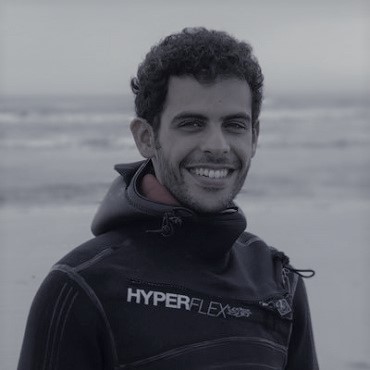4375
Scientific Program

Tariq Alrushaid
Kuwait University, Kuwait
Biography:
Tariq has completed his PhD at the age of 32 years from Texas A&M University. He is an assistance professor at Kuwait university Marine science department. He has a several experience in field deployment focusing on surf zone processes and nearshore dynamics.
Abstract
Coastal zones around the Gulf of Mexico are very dynamic, due to prevailing energetic wind systems such as tropical storms during summer, and frequent cold fronts during winter. Detailed field measurements are needed to better understand: (1) the effects of cold fronts on nearshore current circulation, waves, sediment transport, and morphodynamics; (2) the effects of the interplay between onshore- and offshore-directed wind patterns on nearshore dynamics. This work synthesizes in-situ observations of nearshore hydrodynamics, atmospheric parameters, and sediment dynamics along a natural beach on the west side of Galveston Island (Texas, USA). The goal is to better understand the complex coupling effects between wind-driven waves, nearshore current circulation, and resulting sediment transport responsible for continuously reshaping coastal morphology. From November 16 to December 1 2016 instruments were deployed capturing three cold fronts (offshore-directed) with varying wind speed (4 - 7 m/s) and three strong southerly (onshore-directed) wind events (5 - 8 m/s). Flow velocities and water surface elevations were measured at five cross-shore locations covering the region from the inner surf zone to the inner shelf using two acoustic Doppler velocimeters and three profilers. Initial results suggest that southerly winds are associated with onshore and eastward currents (0.6 and 0.5 m/s, respectively), while cold fronts are associated with offshore and westward currents (0.7 and 0.3 m/s, respectively). Higher values of suspended sediment concentration were found at the beginning of the surf zone (4 - 6 gl), while lower values were present at the inner surf (2 - 4 gl).
- Coastal Ecology
- Coastal Zone Management
- Mangrove Ecosystem
- Coastal Resources
- Coastal Processes
- Coastal Oceanography
- Nearshore and Surf Zone Processes
- Ocean, Fisheries and Coastal Economics
- Coast and Shore Protection
- Underwater/Marine Life
- Coastal Archaeology

